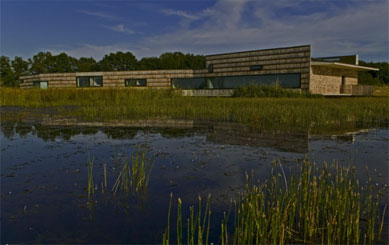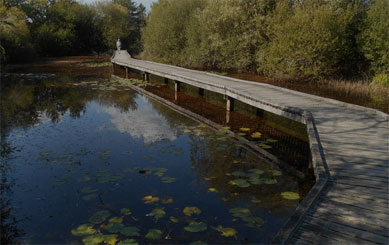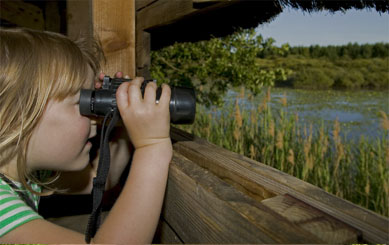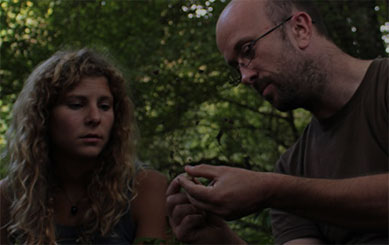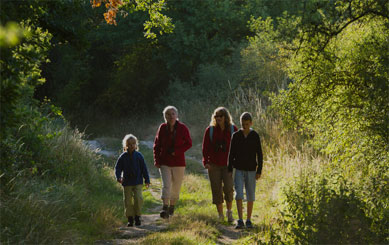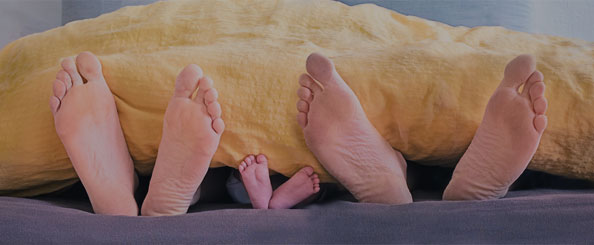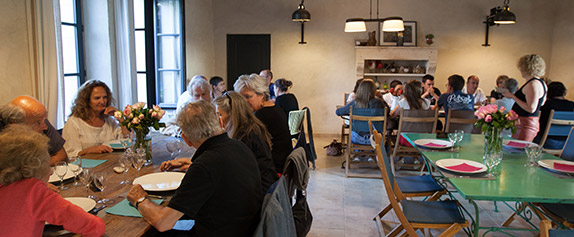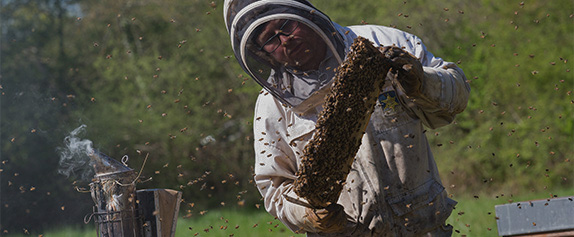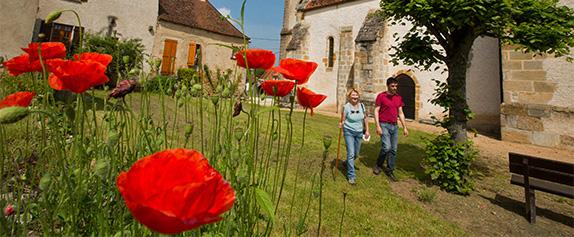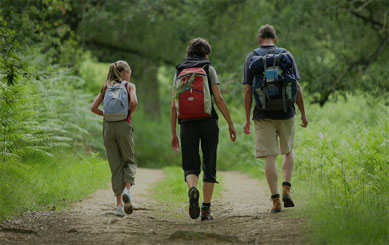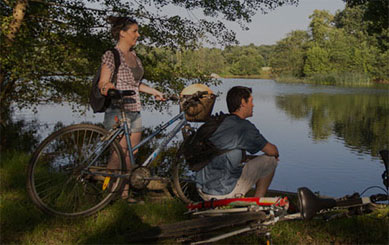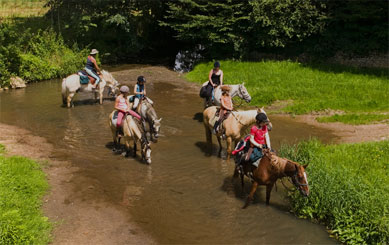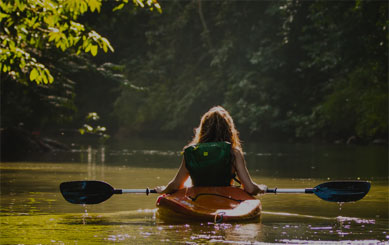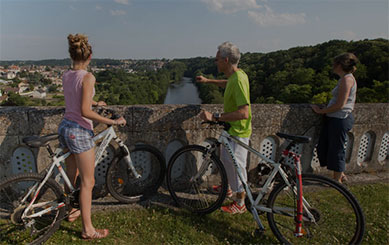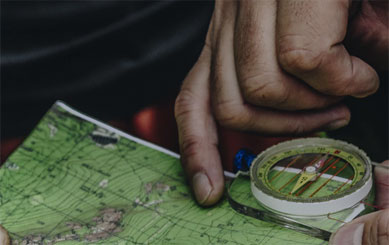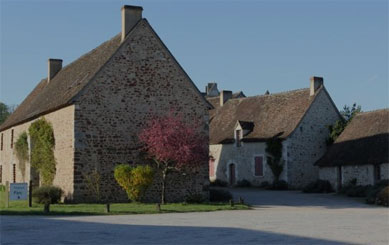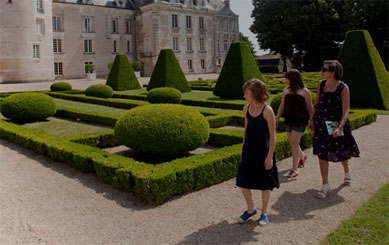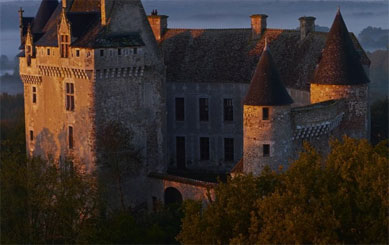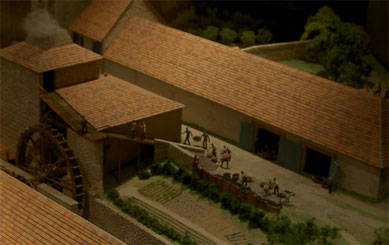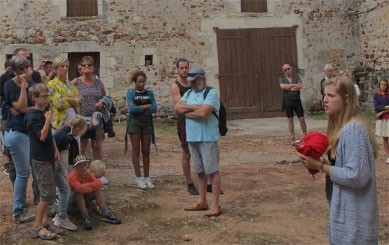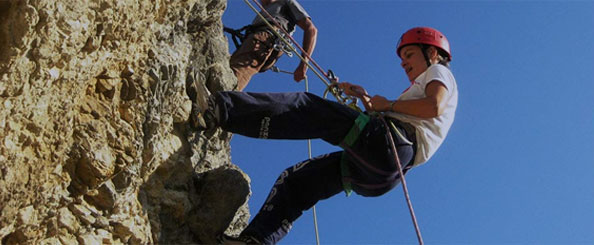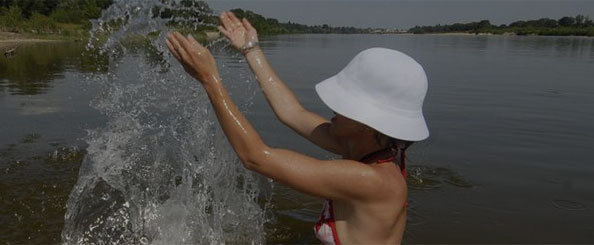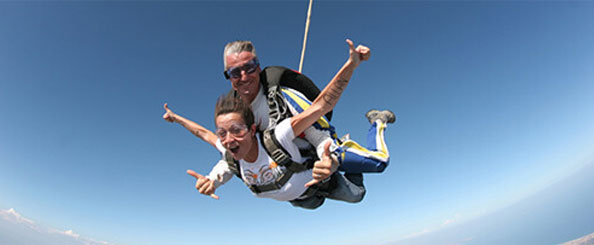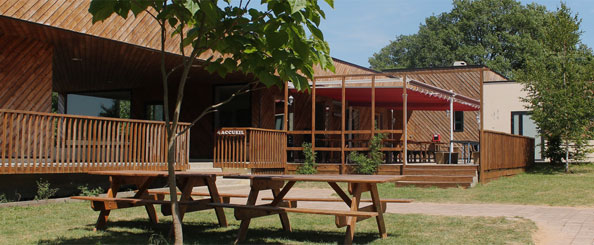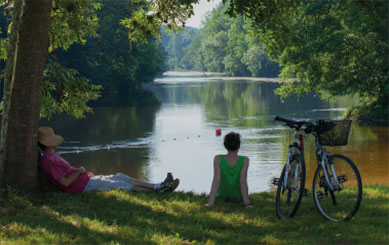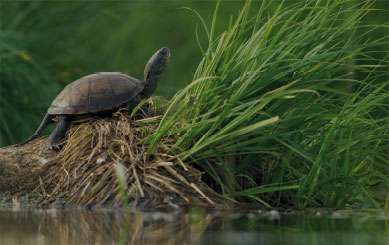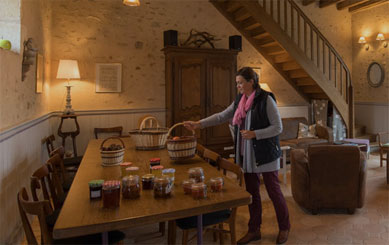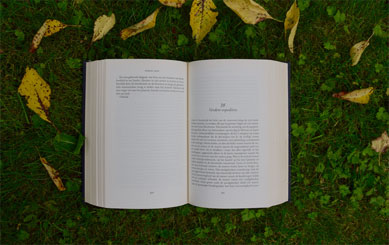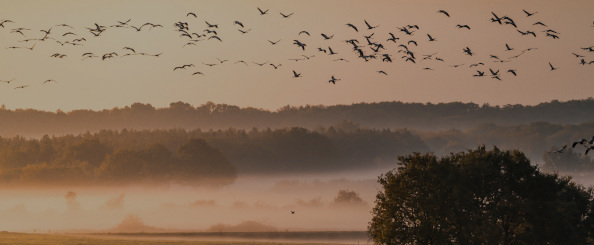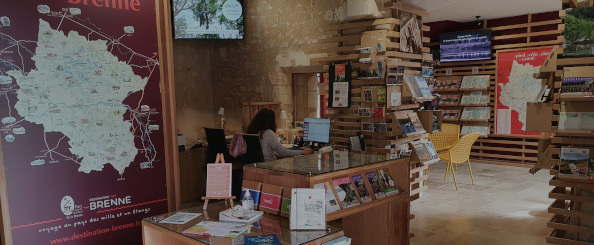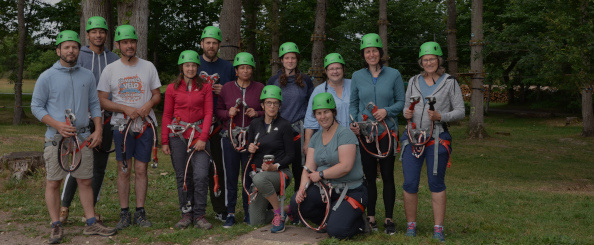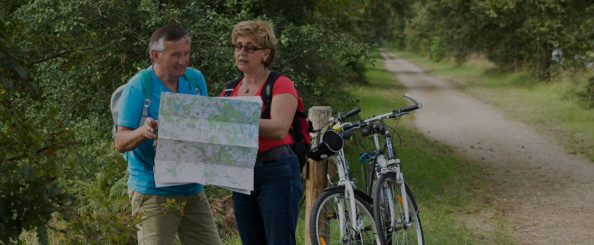We’re getting into winter and although the Brenne is reputed for its breeding wetland bird species, butterflies, orchids, dragonflies… there is still much of interest for the naturalist in winter, well at least for the birder.

There are still many hundreds of Cranes in the immediate area although numbers tend to decline into the New Year (maybe as food resources decline). However many hundreds overwinter and watching them flying low to their roosting sites in the late afternoon against a fabulous sunset can be quite an unforgettable experience.
Some species seem to be advancing their ranges northwards, probably in many cases due to “climate change”. One southern species that has seen an exceptional range expansion northwards in France is the Black-winged Kite. Never seen here until the 21st century, they are now noted almost daily. Breeding obviously occurs but is rarely advertised and has probably occurred at quite a few widely-scattered sites. Much information can be gathered from the departmental conservation organisation, Indre Nature records site “ObsIndre”. A quick look at the site reveals that there are more sightings of Black-winged Kites in winter than in summer and that the best month is December, however this may well be a reflection of observer pressure; birders concentrating less on the lakes and more on the general countryside. Whatever, a couple of days birding in winter would almost guarantee finding this splendid species.

Into early February and normally after some pretty cold weather it would now appear that spring is just around the corner.
I made a quick visit to the Essarts lake at the Chérine national nature reserve in the afternoon, a ten minute drive from my house, which proved to be very productive. Half way along the pleasant ten minute walk from the car park to the hide I was surprised to see a mass of duck and other birds circling above the lake. It was a Friday, a week day, so this general panic meant one of two things: either one of the wardens needed to do some work on site and had frightened them or there was a more natural cause. A quick scan with the bins and there was the answer; an immature White-tailed Eagle. Not the best of views but always a nice site. A few minutes later and a Black Woodpecker flew low over the track, never an easy species to see although they are relatively common here. Another two minutes and I was in the hide where it was obvious that many birds had settled again after the disturbance. There were the expected Spoonbills, Yellow-legged Gull, Great White Egrets and ducks of various species including large numbers of Pintail and a surprise at the back of the lake, an adult Black-winged Kite perched on the top of a tree; my second of the day without even trying.
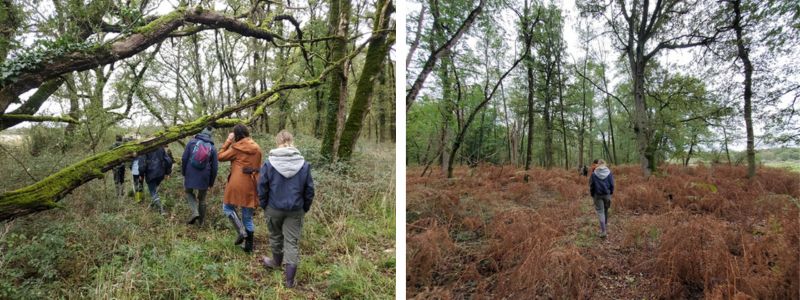
On the way back home I was just outside Rosnay and scared some birds from a feeder in a garden next to the road. A head-heavy silhouette flew in front of the car and could only be of one species: a Hawfinch. They are common enough here; the best chances of seeing one well is at a bird-feeder in February or March. One year I saw seven together in the garden in late February – but normally there’s never more than one or two.
Before the month’s end we usually see the first few migrants. It’s difficult to know if the first singing Chiffchaff hasn’t spent the whole winter in the area and same for the Blackcap, however the first of the Black kite is always seen in February and by late March they’re a common site.





